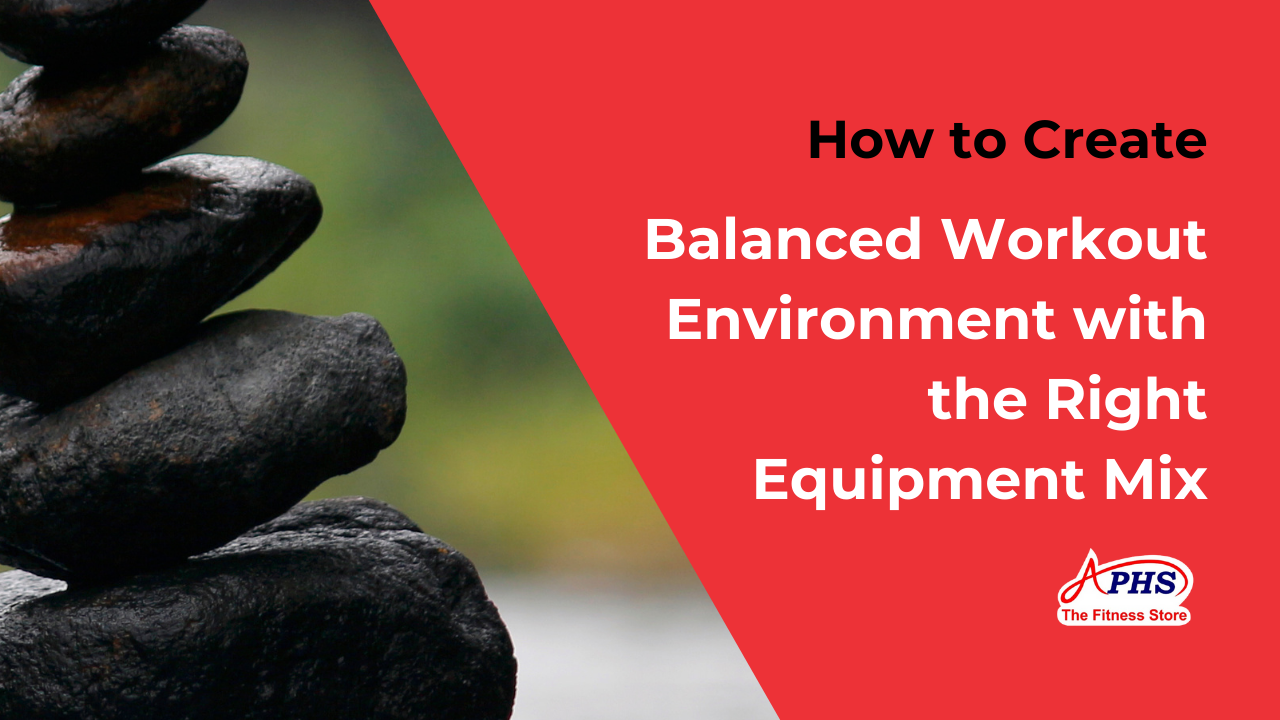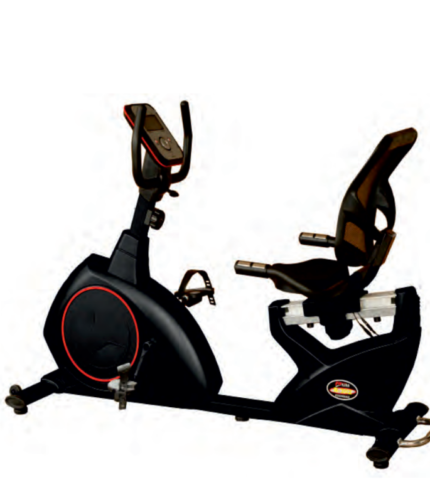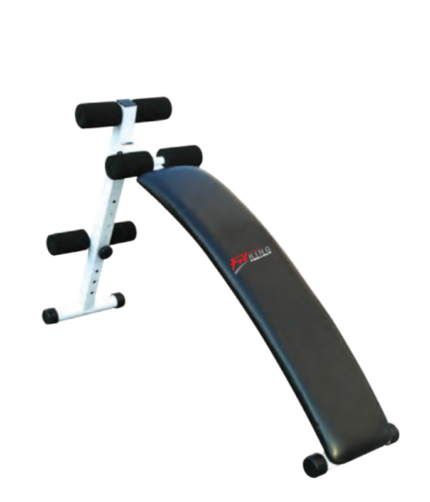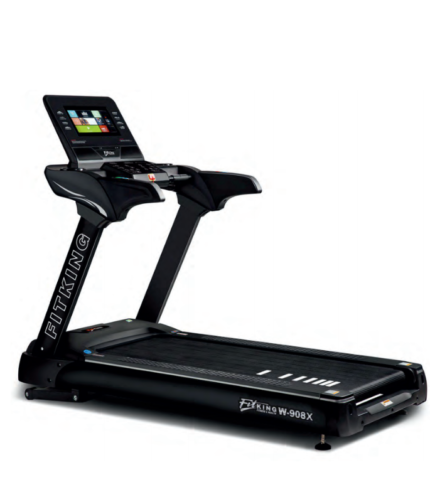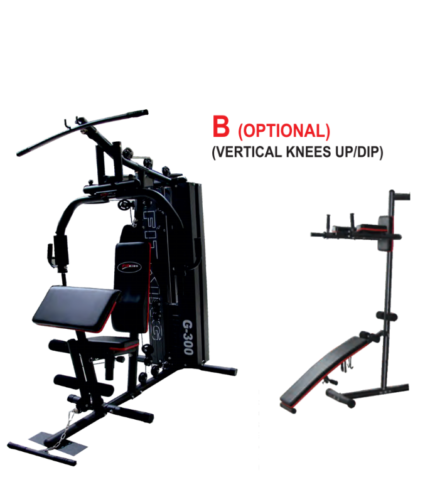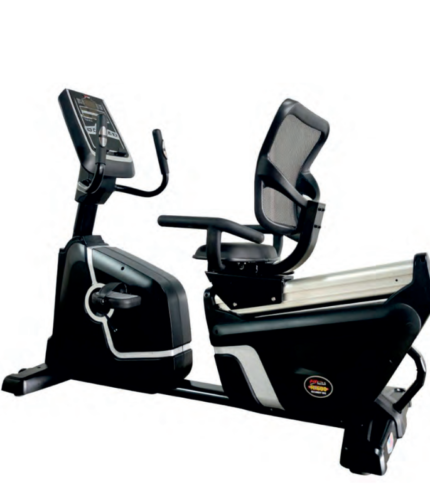Creating a balanced workout environment is crucial for any gym owner looking to attract and retain members. The right mix of fitness equipment not only enhances the overall workout experience but also caters to the diverse needs of your clientele. This blog will explore how to create a balanced workout environment with the right equipment mix, highlighting recent trends and opportunities that resonate with today’s fitness enthusiasts.
Understanding the Importance of a Balanced Workout Environment
A balanced workout environment is one that accommodates various fitness levels, goals, and preferences. This means providing a mix of cardiovascular, strength, flexibility, and functional training equipment. Here are some reasons why achieving this balance is essential:
- Diverse Member Needs: Members come with different fitness backgrounds and goals. A well-rounded selection of equipment allows everyone—from beginners to advanced athletes—to find suitable options for their workouts.
- Injury Prevention: A balanced approach helps in preventing injuries by promoting proper form and technique through varied equipment options that support different movement patterns.
- Enhanced Member Experience: Offering a variety of equipment keeps workouts fresh and engaging, encouraging members to try new exercises and stay motivated.
- Community Building: A well-equipped gym fosters a sense of community as members can participate in group classes or partner workouts using the available equipment.
Essential Equipment for a Balanced Workout Environment
1. Cardiovascular Equipment
Cardiovascular machines are fundamental in any gym setup. They cater to members looking to improve their heart health, lose weight, or enhance endurance.
- Treadmills: A staple in most gyms, treadmills offer versatility for walking, jogging, or running. They can accommodate users of all fitness levels.
- Rowing Machines: These machines provide a full-body workout while being low-impact, making them ideal for members concerned about joint health.
- Ellipticals: Another low-impact option, ellipticals allow users to engage in cardiovascular workouts without stressing their joints.
- Stationary Bikes: Perfect for indoor cycling classes or solo workouts, bikes cater to various fitness levels and preferences.
2. Strength Training Equipment
Strength training is vital for building muscle mass, improving metabolism, and enhancing overall functional fitness.
- Free Weights: Dumbbells and kettlebells are versatile tools that can be used for countless exercises targeting different muscle groups.
- Weight Benches: Essential for various exercises like bench presses and dumbbell rows, benches provide stability and support during strength training.
- Power Racks: These are crucial for heavy lifting exercises such as squats and bench presses, offering safety features like spotter arms.
- Cable Machines: Cable machines allow users to perform multiple exercises targeting different muscle groups while maintaining constant tension throughout the movement.
3. Functional Training Equipment
Functional training has gained popularity as it focuses on movements that mimic everyday activities.
- Battle Ropes: These ropes provide a high-intensity workout that targets multiple muscle groups while improving cardiovascular fitness.
- Resistance Bands: Affordable and versatile, resistance bands can be used for strength training or rehabilitation exercises.
- Suspension Trainers: These systems leverage body weight to build strength and stability through various exercises.
4. Flexibility and Recovery Tools
Flexibility and recovery are essential components of any fitness regimen.
- Foam Rollers: These tools help relieve muscle tension and improve flexibility post-workout.
- Stability Balls: Useful for core strengthening exercises, stability balls also enhance balance training.
Optional Equipment for Enhanced Experience
While essential equipment forms the backbone of your gym, optional items can elevate the member experience:
1. Specialized Machines
- Leg Press Machines: While effective for isolating leg muscles, they may not be necessary if you have sufficient free weights available.
- Smith Machines: These machines provide stability for various lifts but may limit natural movement patterns compared to free weights.
2. Group Fitness Equipment
- Spin Bikes: If you plan to offer cycling classes, investing in quality spin bikes can attract cycling enthusiasts.
- Yoga Mats & Accessories: Providing mats and props for yoga classes enhances the experience for members interested in flexibility and mindfulness practices.
3. Emerging Trends
- Smart Equipment: Devices that integrate technology—like smart treadmills that track performance metrics—can enhance user engagement but come at a higher cost.
- Virtual Reality (VR) Fitness Gear: As VR workouts gain popularity, investing in this technology could set your gym apart but may not be essential initially.
Recent Trends Influencing Equipment Selection
Understanding current trends is vital when selecting equipment for your gym:
1. Hybrid Fitness Models
The pandemic has accelerated the shift towards hybrid fitness models that combine in-person workouts with virtual offerings. Many consumers now expect flexibility in how they engage with fitness services:
- Smart Equipment Integration: Investing in equipment that connects with apps or provides virtual coaching can enhance member experience and retention.
- On-Demand Classes: Offering on-demand classes alongside traditional workouts allows members to choose how they want to engage with your gym.
2. Sustainable Fitness Solutions
As consumers become more environmentally conscious, there’s a growing demand for sustainable fitness equipment:
- Eco-Friendly Materials: Look for manufacturers that produce equipment using sustainable materials or practices.
- Energy-Efficient Machines: Investing in energy-efficient cardio machines can reduce operational costs while appealing to eco-conscious members.
3. Focus on Mental Health
The integration of mental health practices into fitness routines is gaining traction:
- Mindfulness Classes: Offering yoga or meditation sessions can attract members interested in holistic wellness.
- Recovery Tools: Providing access to recovery tools like massage guns or foam rollers emphasizes the importance of recovery as part of overall fitness.
4. Community-Centric Spaces
Gyms are evolving into community hubs where social interaction is encouraged:
- Group Training Areas: Designating spaces for group classes fosters camaraderie among members.
- Event Hosting: Organizing community events or challenges can enhance member engagement and loyalty.
Creating Your Balanced Workout Environment
To create a balanced workout environment tailored to your target audience, consider these steps:
1. Assess Your Space
Evaluate the available space in your gym before purchasing equipment:
- Ensure there’s enough room between machines to allow safe movement during workouts.
- Think about flow—how members will navigate around the gym—and select compact or multifunctional machines where possible.
2. Prioritize Essential Equipment
Start with essential equipment that meets the basic needs of your members while creating a solid foundation for your gym:
- Focus on a balanced mix of cardio machines, strength training tools, functional equipment, and recovery aids to cater to diverse fitness goals.
3. Leverage Trends to Differentiate Your Gym
Incorporating current trends into your gym’s offerings can set you apart from competitors:
- Embrace hybrid models by providing both in-person classes and digital options to cater to different member preferences.
4. Foster Community Engagement
Creating a sense of community within your gym can enhance member retention:
- Organize group challenges or events that encourage members to connect with one another.
5. Regularly Update Your Equipment Mix
Fitness trends evolve rapidly; regularly assess your equipment mix based on member feedback and emerging trends:
- Stay informed about new products on the market and consider upgrading or adding items that align with your members’ interests.
Conclusion
Creating a balanced workout environment involves carefully selecting the right mix of essential and optional fitness equipment tailored to meet diverse member needs. By focusing on cardiovascular machines, strength training tools, functional training gear, flexibility aids, and recovery options, you can foster an inclusive atmosphere that encourages participation from all fitness levels.
Stay attuned to recent trends such as hybrid models, sustainability practices, mental health integration, and community engagement opportunities as you build out your gym’s offerings. With thoughtful planning and strategic investments in quality equipment, you’ll create an inviting space where members feel motivated to achieve their fitness goals while enjoying an engaging community atmosphere.
By prioritizing both functionality and member experience in your equipment selection process, you’ll position your gym as a leading destination for health enthusiasts eager to embark on their fitness journeys.


